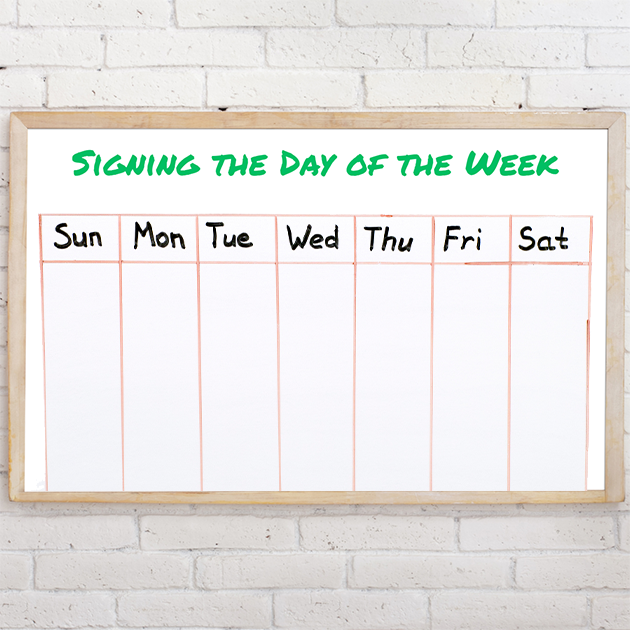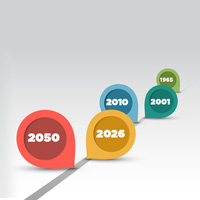The many facets of sign language
What is the difference between American Sign Language and other sign languages?
Sign language has many different facets to it. American Sign Language (ASL) is the language created and used by the Deaf in the United States, Canada, parts of Mexico, and some other parts of the world. ASL has a limited amount of signs, but it is the purest language from the Deaf perspective. If you are using strict ASL and interpreting English, you often fingerspell words for which there are no signs. ASL also has it's own language syntax, distinct from English (more on that in a future blog entry.)
Signed Exact English (SEE) and other variations (Manually Coded English, Pidgin, etc…) are also "sign languages" used by some in North America. These languages typically use ASL signs as the base but add a lot more signs to reflect a larger part of the English vocabulary. This is often done using initialization (letter handshapes as you sign) to help clarify a specific word that otherwise might just be fingerspelled or signed with a conceptual similar word by a user that uses strict ASL.
For example, there isn't an ASL sign for the words LEGISLATURE or CONGRESS, but you can sign the ASL sign for MEMBER using an initialized L-hand to mean legislature or the C-handshape to mean congress. In the example of the word LEGISLATURE, if signing using strict ASL you would fingerspell LEGISLATURE or sign the ASL sign for MEMBER and then fingerspell LEGISLATURE depending on your preference.
And yes, different parts of the world also have their own sign languages, just like there are different spoken languages. Currently, Signing Savvy focuses primarily on signs used in North America.
Regional signs and sign variations
There are also regional signs that you will see in different parts of North America. This is similar to the concept of regional accents in spoken languages, such as the southern drawl vs. the New York accent. Another example of regional variations in spoken languages is how in the north carbonated, sugary drinks are called "pop" and in the south, it is called "soda" or even just "coke." These same sort of regional accents and variations happen with signing, as well. Using one sign over another is not wrong... just different.
It is important to remember as you are learning that you are looking for concepts. There are often times that I, even as a fluent signer, may not catch every single word another person is signing to me but I get the gist of the conversation because I'm catching concepts; much like a speed reader who is skimming the page and catching the majority of the content.
At Signing Savvy, we have tried to include known variations of signs, along with how to fingerspell each word. As you communicate through sign with others in your region, you will find out soon enough what is the more accepted or used sign in your area.
An example of a word with multiple sign variations is HAPPY. As you can see in the image below, Signing Savvy provides 3 sign variations for the word HAPPY, along with the fingerspelled version.

Same signs used for multiple words
Notice the sign for HAPPY can also be used to say CHEER, DELIGHTFUL, GLAD, etc. Once again, sign language is conceptual. The concept of happy is similar to the concept of the other words. It is much like synonyms in English. However, there are times that the same sign is used to refer to different concepts all together. For example, the same sign can be used to say CLEAN or NICE. In this case, it is the context the sign is used in that allows you to understand which meaning is intended.
ADVERTISEMENTS








Savvy User CJThursday, February 26, 2009
The Southern drool? Possibly, but how about a Southern DRAWL? Yew wanna co-oke wi tha-ayat? :-)
PS: I still love your site!